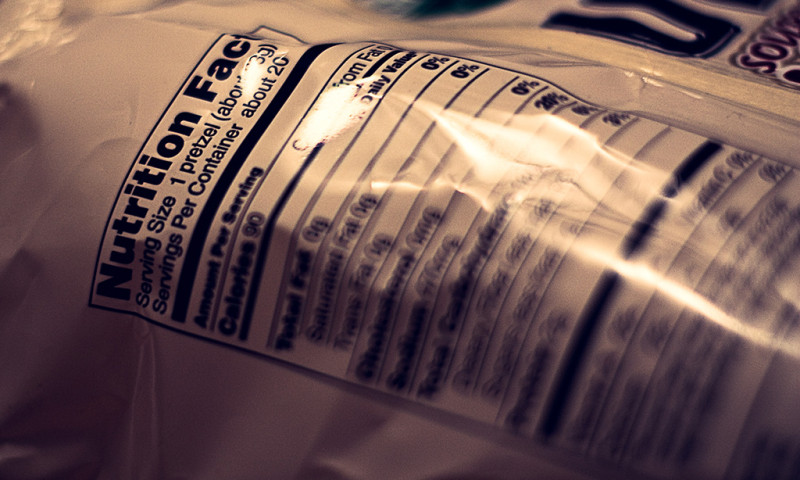Learning how to read and understand nutrition labels can help you make healthier choices for your weight management journey. It’s important to be a smart consumer and decipher the nutritional value of the food you eat!
What Needs to Be Labeled?
Not all foods are labeled. Think about the fruits, vegetables and lean meats you by at the grocery store or farmers market. Those typically don’t come with labels – so what does, and why?
In summary, the majority of prepared foods available for purchase are required to have a nutrition label of some kind. This is because they have usually been altered from their natural shape in some way. Examples of these foods include:
- Grains – Breads, cereals, oatmeal, rice and other packaged grain options
- Canned and Frozen Foods – Including complete meals and also fruits, vegetables, meats, etc.
- Snacks – Granola bars, cookies, crackers, dried fruits, nuts, popcorn, etc.
- Desserts – Cookies, cakes, ice cream, pastries, etc.
- Drinks – Sodas, juices, alcohol and even water!
What Details on Nutrition Labels Should You Pay Attention to?
Most manufacturers hope that consumers don’t look too much beyond packaging. But smart consumers look to the nutrition label to tell all – especially if they’re on the weight management journey!
The best place to look for health information is on the Nutrition Facts Box, which is generally found on the back of all packaging. What details should you be looking for? Here are the basics:
- Serving Size – How much of that food is considered a serving size? How many serving sizes are in the container? These facts will help you measure portion control.
- Calorie Counts – Consider the overall number of calories in your food, as they certainly add up!
- Fat Content – Consider the level of total fat, unsaturated fat, polyunsaturated ad monounsaturated fat.
- Fiber – Fiber helps you feel full and aids in digestion. Are you getting enough of it?
- Specific Ingredients – Look at what’s physically in your food. This is especially important if you’re allergic to some things!
- Other Nutrients – Always look for foods high in vitamins, protein and minerals but lower in sugars, sodium, cholesterol, etc.
Want More Information on Reading Nutrition Labels?
To view the full article from Your Weight Matters Magazine, please CLICK HERE.






